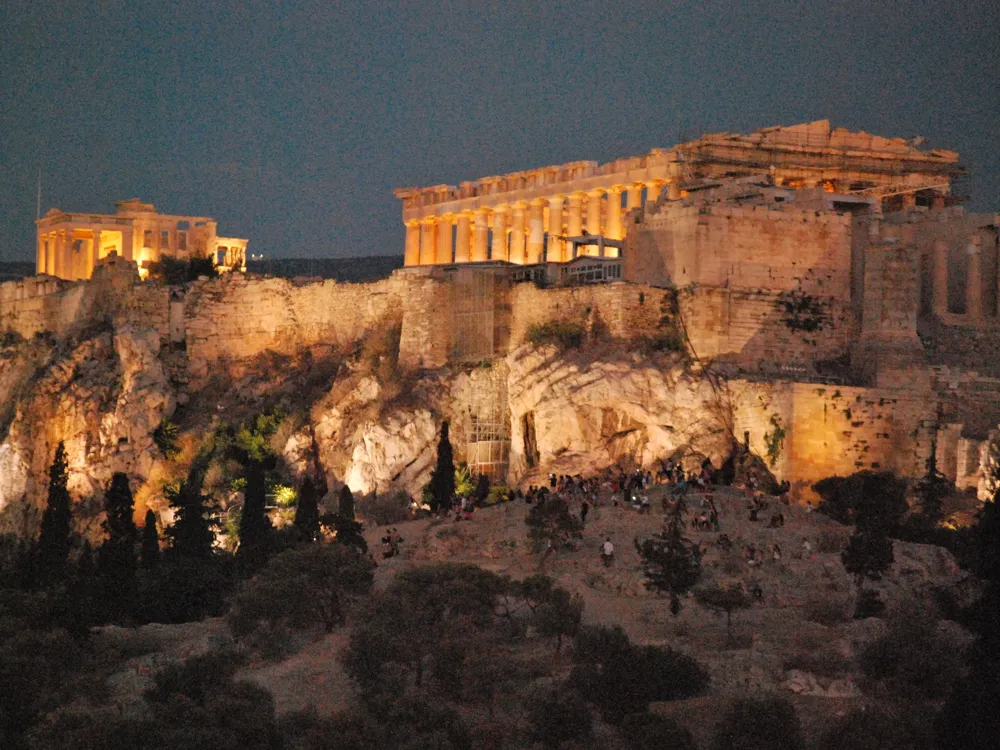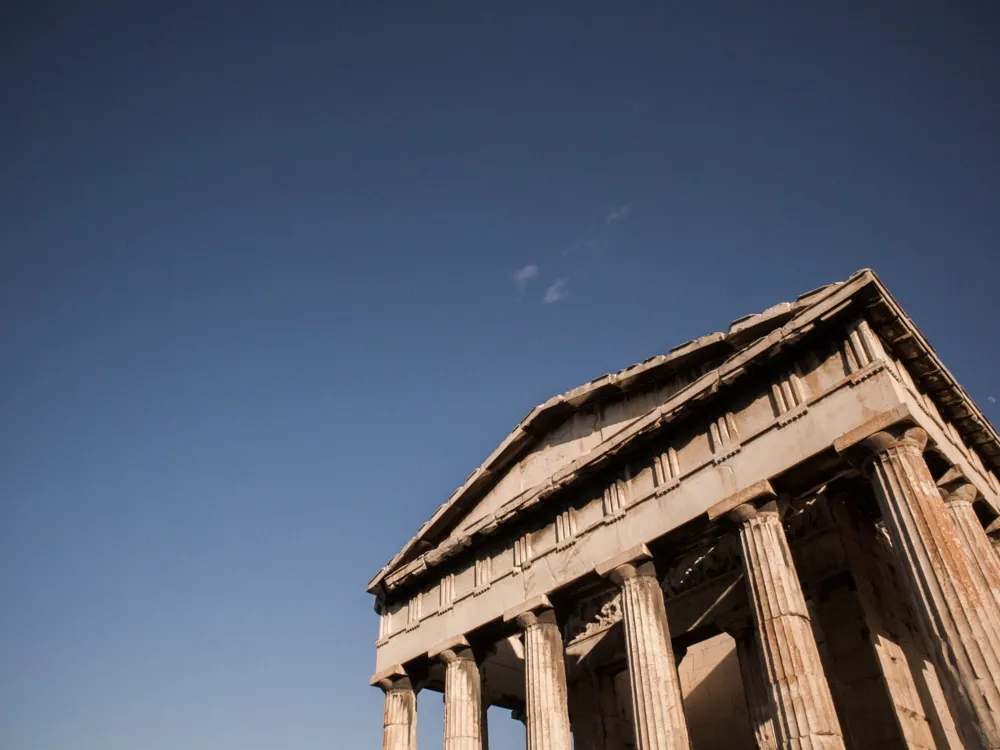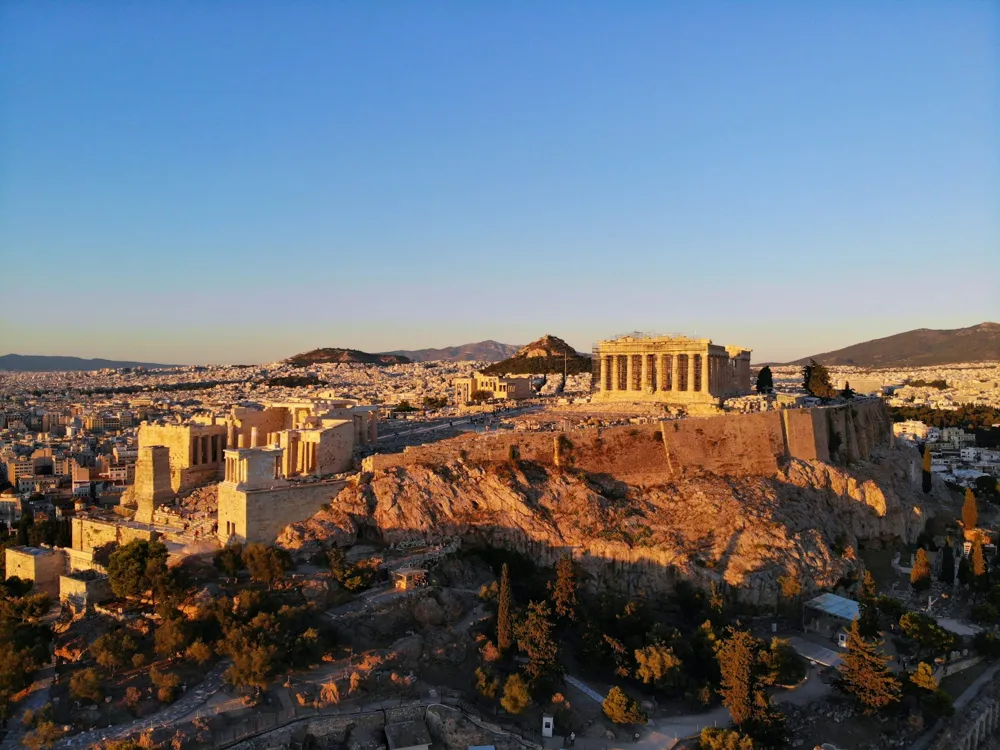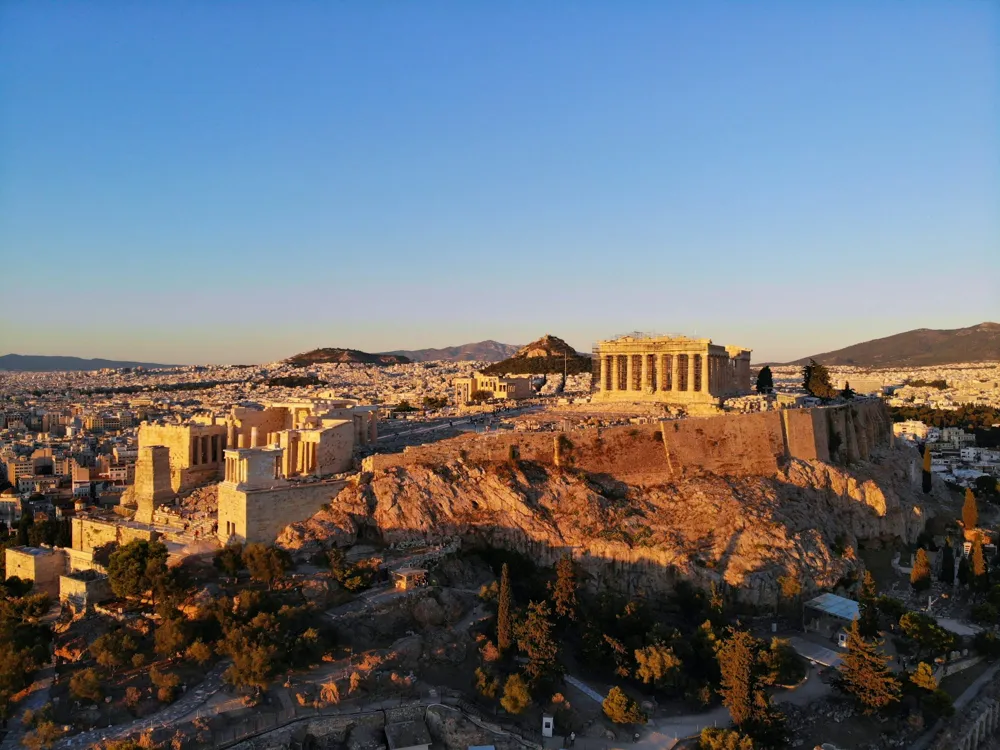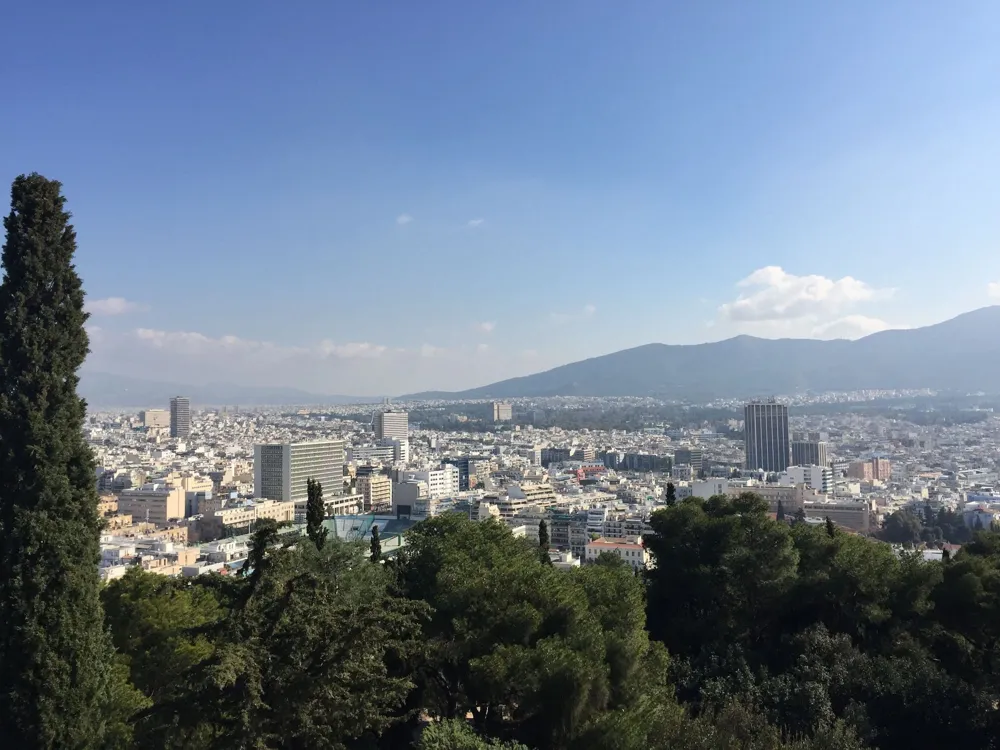The Temple of Hephaestus, prominently positioned in the ancient Agora of Athens, stands as a remarkable testament to ancient Greek architecture and religious practices. Dedicated to Hephaestus, the god of fire and metalworking, this temple is a high illustration of Doric order and has been remarkably well-saved through the centuries. Its literal significance extends beyond its religious function, as it reflects the sociopolitical geography of ancient Greece and offers perceptivity into the architectural advancements of the period. The architectural majesty of the Temple of Hephaestus is a fine illustration of the Doric order, one of the three classical orders of ancient Greek architecture. The temple boasts a peripheral galilee, consisting of 13 columns on each side and 6 columns on each end, creating a harmonious and balanced structure. The columns, with their fluted shafts and simple centrals, illustrate the Doric style's fineness and strength. The ideal time to visit the Temple of Hephaestus is during the spring or evening months, when the rainfall in Athens is mild and affable. Beforehand mornings or late afterlife are recommended to avoid the noon heat and crowds. Consider taking a guided tour to enhance your understanding of the temple's history and architecture. Knowledgeable attendants can give fascinating perceptions and stories that aren't readily available in guidebooks. For photography suckers, the golden hours( shortly after daylight or before evening) offer stylish natural lighting for landing the tabernacle's majestic beauty. Be aware of any photography restrictions inside the temple. The Temple of Hephaestus is easily accessible by public transportation. Callers can take the Athens metro and alight at Thissio Station, which is a short walk from the tabernacle. Motorcars and hacks are also available for a more direct route. For those driving, parking can be set up in the nearby areas, though it's judicious to check for any parking restrictions or prices. Read More:Overview of the Temple of Hephaestus in Athens
Constructed in the 5th century BCE, the temple's design follows the classical Greek architectural style. It's generally made of marble, which was a popular structural material in ancient Greece due to its continuity and aesthetic appeal. The temple's position in the Agora, a central spot in ancient Athens, indicates its significance in the diurnal lives of Athenians. Over the centuries, the Temple of Hephaestus has witnessed the rise and fall of conglomerates, enduring as a silent bystander to the changing runs of history. moment, it stands not only as a religious symbol but also as an artistic and literal icon, attracting scholars and excursionists likewise.Architecture of the Temple of Hephaestus
One of the most notable features of the Temple of Hephaestus is its well-saved metopes and friezes, which depict colourful mythological scenes and battles. These cultural rudiments not only serve an ornamental purpose but also recite important myths and literal events, reflecting the artistic and religious beliefs of the time. The temple's innards once housed a statue of Hephaestus, showcasing the advanced sculptural chops of ancient Greek crafters.Tips When Visiting the Temple of Hephaestus
Best Time to Visit
Guided Tours
Photography Tips
How To Reach the Temple of Hephaestus
Temple of Hephaestus
Athens
₹ 25,800 onwards
View athens Packages
Weather :
Tags : Monument
Timings : Summer: 8:00 AM - 8:00 PM,
Winter: 8:00 AM - 5:00 PM
Entry Fee : Included in Acropolis ticket
Planning a Trip? Ask Your Question
Athens Travel Packages
View All Packages For Athens
Top Hotel Collections for Athens

Private Pool

Luxury Hotels

5-Star Hotels

Pet Friendly
Top Hotels Near Athens
Other Top Ranking Places In Athens
View All Places To Visit In athens
Faq on Athens
What is the Temple of Hephaestus?
The Temple of Hephaestus, also known as Hephaisteion or Theseion, is one of the best-preserved ancient Greek temples in the world. It is located in the Agora of Athens, Greece, and was dedicated to Hephaestus, the god of fire, metalworking, and craftsmanship.
Where is the Temple of Hephaestus located?
The temple is situated in the northwest side of the Agora of Athens, on the hill of Agoraios Kolonos, within the modern city of Athens, Greece.
When was the Temple of Hephaestus built?
The construction of the temple is dated around 450-415 BC, during the Golden Age of Athens under the leadership of Pericles.
Who built the Temple of Hephaestus?
While the architect's name is not definitively known, the temple's design is attributed to Ictinus, one of the architects who also worked on the Parthenon.
What is the architectural style of the Temple of Hephaestus?
The temple is a prime example of Doric architecture. It features a peristyle of Doric columns, a typical rectangular floor plan, and fine sculptural decorations.
View athens Packages
Weather :
Tags : Monument
Timings : Summer: 8:00 AM - 8:00 PM,
Winter: 8:00 AM - 5:00 PM
Entry Fee : Included in Acropolis ticket
Planning a Trip? Ask Your Question
Athens Travel Packages
View All Packages For Athens
Top Hotel Collections for Athens

Private Pool

Luxury Hotels

5-Star Hotels

Pet Friendly
Top Hotels Near Athens
Other Top Ranking Places In Athens
View All Places To Visit In athensFaq on Athens
What is the Temple of Hephaestus?
The Temple of Hephaestus, also known as Hephaisteion or Theseion, is one of the best-preserved ancient Greek temples in the world. It is located in the Agora of Athens, Greece, and was dedicated to Hephaestus, the god of fire, metalworking, and craftsmanship.
Where is the Temple of Hephaestus located?
The temple is situated in the northwest side of the Agora of Athens, on the hill of Agoraios Kolonos, within the modern city of Athens, Greece.
When was the Temple of Hephaestus built?
The construction of the temple is dated around 450-415 BC, during the Golden Age of Athens under the leadership of Pericles.
Who built the Temple of Hephaestus?
While the architect's name is not definitively known, the temple's design is attributed to Ictinus, one of the architects who also worked on the Parthenon.
What is the architectural style of the Temple of Hephaestus?
The temple is a prime example of Doric architecture. It features a peristyle of Doric columns, a typical rectangular floor plan, and fine sculptural decorations.








